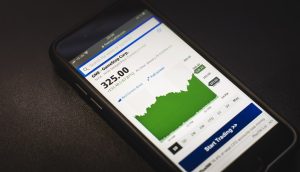The doji pattern is a common candlestick pattern that traders use to identify potential reversals in the market. It appears when the opening and closing prices of an asset are almost the same, creating a small or non-existent body with long upper and lower shadows. This pattern is a sign of indecision in the market, and it can signal a reversal or continuation of the current trend depending on the context.
Trading the doji pattern forex requires understanding the nuances of this pattern and how it fits into your overall trading strategy. Here are some key factors to consider when trading doji patterns:
1. Identify the Doji Pattern
The first step in trading the doji pattern is to identify it on your chart. The doji pattern can take many forms, such as a long-legged doji, dragonfly doji, or gravestone doji, depending on the position of the shadows. However, the common feature of all doji patterns is the small body with long upper and lower shadows.
2. Look for Contextual Clues
Once you have identified a doji pattern, the next step is to look for contextual clues to determine its significance. For example, a doji pattern that appears after a long uptrend may signal a potential reversal, while a doji pattern that appears in the middle of a sideways market may not be as significant.
3. Consider the Volume
Another factor to consider when trading the doji pattern is the volume. A doji pattern with high volume may indicate a significant shift in market sentiment, while a doji pattern with low volume may be a sign of a temporary pause in the market.
4. Confirm the Pattern
To confirm the doji pattern, traders often look for additional signals, such as trend lines, support and resistance levels, or other technical indicators. These signals can help to confirm the significance of the doji pattern and provide additional insights into potential trading opportunities.
5. Plan Your Trade
Once you have identified and confirmed the doji pattern, it is time to plan your trade. Depending on the context and other factors, you may choose to enter a long or short position, set stop-loss and take-profit levels, or use other trading strategies to manage risk and maximize potential profits.
6. Monitor Your Trade
After entering a trade, it is important to monitor it closely to ensure that it is performing as expected. If the market conditions change or the trade is not performing as expected, you may need to adjust your strategy or exit the trade to minimize losses.
In conclusion, trading the doji pattern forex can be an effective way to identify potential reversals and trading opportunities in the market. However, it requires a thorough understanding of the nuances of this pattern and how it fits into your overall trading strategy. By following these steps and remaining vigilant, you can use the doji pattern to identify profitable trades and manage risk in your forex trading.






